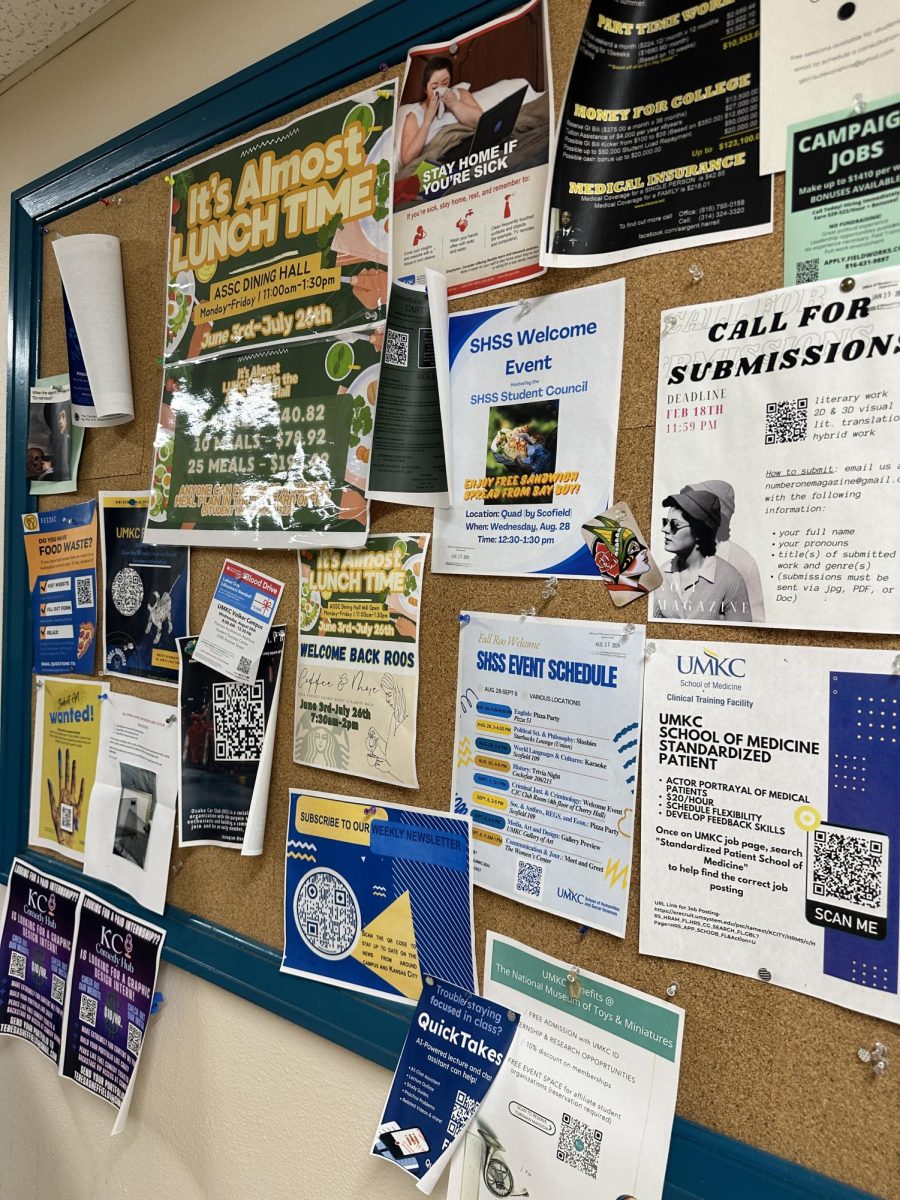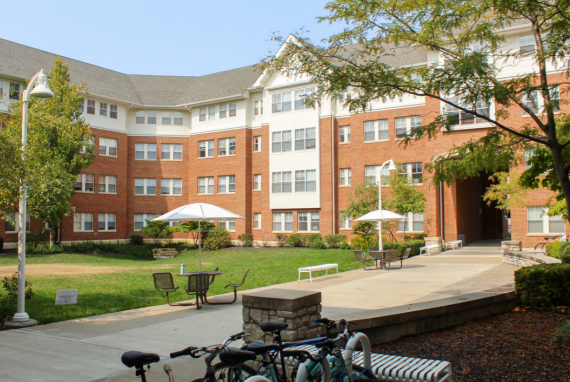Step into a UMKC classroom and you’re likely to see mostly mask-less faces crammed into a too-small space. The same is common of gas stations, grocery stores and restaurants in the greater Kansas City area.
This has little to do with the confusing guidelines the CDC released in late December, UMKC’s cowardly “masks strongly recommended” policy or Missouri’s steady decline in new cases and hospitalizations. Most Missourians stopped caring about COVID last year and have never looked back.
Masking Data
According to a poll conducted by the AP-NORC Center for Public Affairs Research in December, 57% of respondents reported they wear a mask while around other people. This statistic is based on interviews conducted with 1,089 U.S. adults.
No, I’m not joking. 57%! Doesn’t that sound wonderful? But while this statistic may represent the U.S., it is far from what I have witnessed across Missouri.
Personal Experience #1
I’m a fifth-generation Missourian. I have family located throughout northern, central and southern regions of the state, and I have visited each of these regions within the last eight months. I currently live in Independence, and at least three times a week I visit UMKC where I take graduate courses and teach composition.
In the last 10 months, I’d say I’ve seen well over 1,089 adults in indoor spaces throughout Missouri. And if I had to estimate, I’d say about 20% of people I have seen were wearing masks.
And this has been true since last summer, especially in rural areas. When visiting northern Missouri in July, my partner and I were the only people I saw wearing masks our entire trip. This included the gas stations, restaurants, fireworks shops and the motel we stayed in.
When teaching last year, all of my students wore masks until UMKC suspended its mask mandate. This semester, less than half wear masks, which is comparable to what I’ve seen around campus since November.
Independence and nearby suburbs, such as Blue Springs, Lees Summit and Grain Valley, seem to be somewhere in-between, though consistent. Between grocery stores, restaurants and gas stations, I’d say I’ve seen one in five people wearing masks for roughly a year now.
Vaccination Rates
As of Wednesday, March 9, 55% of Missourians were fully vaccinated. Jackson County wasn’t much higher at 56%.
If you take a look at the linked line graphs, you’ll notice that the curves of each are flattening. This is because vaccination rates are slowing despite Missouri being nowhere near where it needs to be. In fact, booster rates can be seen to have risen three times the rates of first shot and fully vaccinated rates.
Personal Experience #2
My leftist friends, the people I go to school with and who share my beliefs and values, have all been vaccinated. Meantime, much of my family and the people I grew up with either got the vaccine and became suddenly quiet on the issue, or they bought into conspiracy theories.
Either way, most people I know made up their minds last year.
Current Attitudes
According to a poll published by The Kaiser Family Foundation on March 1, around 60% of U.S. residents think the worst of the pandemic is behind us. While I agree that the majority of the country has at least begun to move on from COVID, I think many Missourians’ responses to this statistic would be, “I thought COVID ended a long time ago?”
Even on social media, the misinformation I see reposted by conservative Facebook friends has moved on from vaccines to Biden tanking the economy and raising gas prices.
Personal Experience #3
My grandma is 64 and has a rare blood disease that is expected to reduce her lifespan. So when she recently offered to take care of my dad after he got sick with Omicron, I struggled for weeks to understand her motivations.
My mind went straight to her political views. Then I remembered she had been vaccinated early on, and she had since been boosted. She’d never exhibited any hesitancy about the vaccines nor the seriousness of COVID. Was she just this confident in her shots?
Eventually, I realized her offer had nothing to do with either of these things. Imagine being someone who has been told you have less than two decades to live. Would you be willing to put your life on hold for years? Two years out of 10 is 20% of the life you have left.
Conclusion
Missouri plans to transition to ‘endemic’ within the next few weeks. This means that governmental and medical organizations will treat COVID similar to the seasonal flu rather than as a public health crisis. It also means that daily reports of cases and deaths will become weekly, case investigations and contact tracing will cease and positivity rate reporting will be phased out.
However, on March 1, the state of Missouri recorded 211 COVID-19 deaths in one day. As of this same date, the seven-day national average was around 2,000, still much higher than the seasonal flu.
And though deaths, positivity rates and hospitalizations have shown a steady and expected decline, many experts believe this trend could turn back around if a new variant emerges. They also predict that COVID will become a seasonal illness that surges each winter.
Though the pandemic could soon be considered “over,” COVID itself will likely be around forever. So I think what matters isn’t if COVID is over, but if it seems like it’s over to you. For most Missourians, I think it has been for a long time now.
I live with someone who is immunocompromised, so I’m not quite there yet. But as the person I live with gets closer to recovering from her most recent surgery, even I’ll admit I’ve been considering wearing one mask instead of two.
htbn87@mail.umkc.edu








